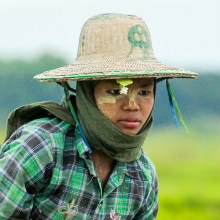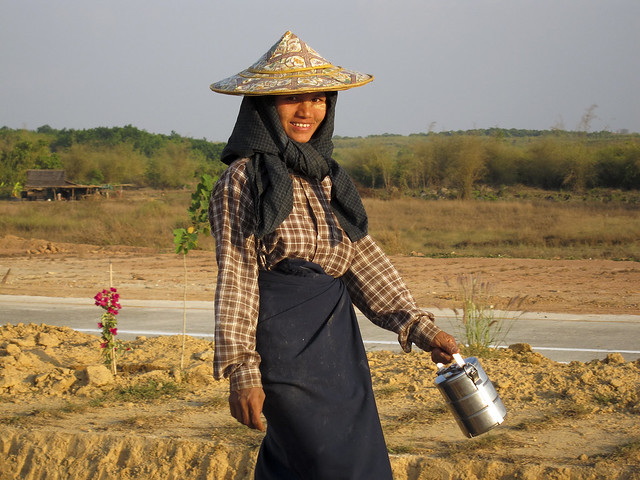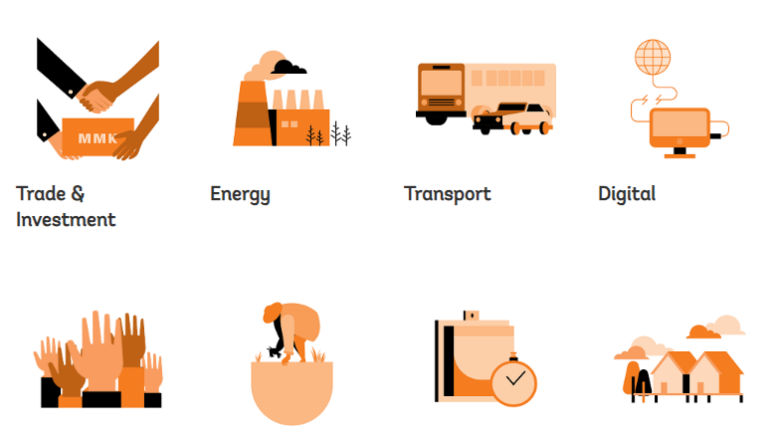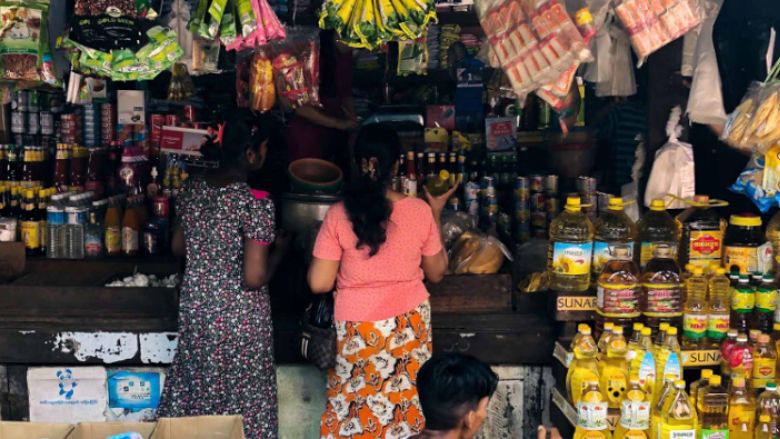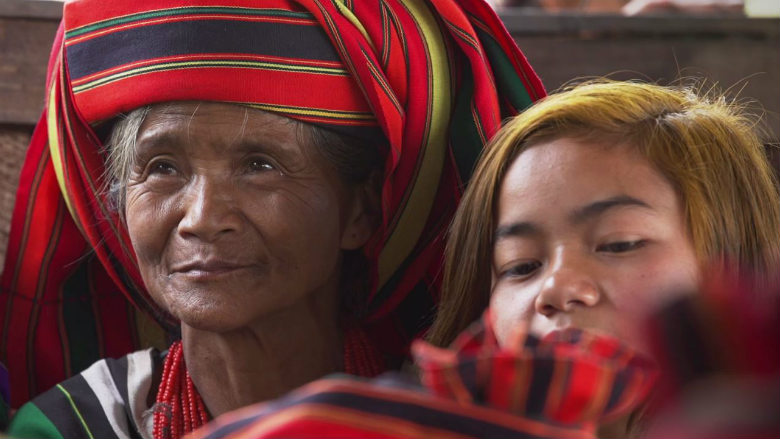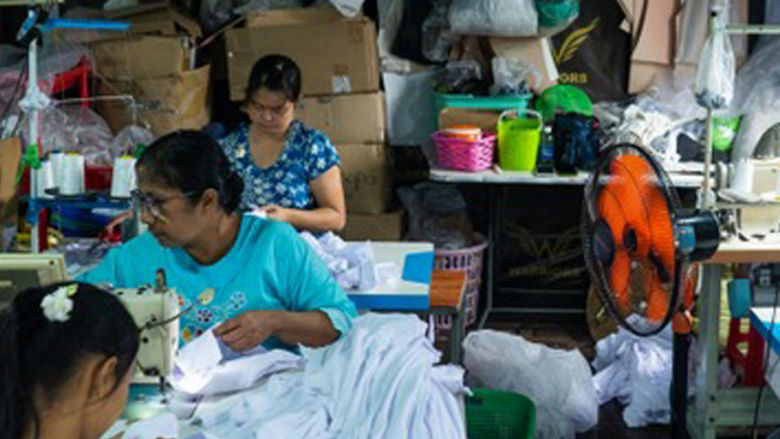Myanmar’s development story is complex, with significant reversals in recent years due to multiple and overlapping crises. In 2011, a political and economic transition process began under a transitional military government, with the first democratic elections held in 2015. From 2011 to 2019, Myanmar experienced high economic growth, averaging 6 percent per year, coupled with significant reduction in poverty. This was bolstered by economic reforms, lifting of sanctions, and optimism for greater stability. At the same time, the underlying political economy remained fragile. In 2017, there was massive violence in Rakhine State leading to one of the largest waves of refugees fleeing their homes. In February 2021, a military coup set back the country’s democratic transition and development and resulting in a sharp increase in internal conflict and displacement. According to the UN, 18.6 million or approximately one-third of the population is in need of humanitarian assistance, including six million children. Recent crises have eroded many of the development gains achieved over the past decade. In addition, Myanmar is one of the countries most at risk for natural disasters such as cyclones, floods, and landslides due to its geographical location in Southeast Asia. In May 2023 Cyclone Mocha, a Category 5 storm affected approximately 1.2 million people, causing widespread damage. Similarly, in September 2024, Super Typhoon Yagi directly impacted nearly 1 million people, displacing hundreds of thousands and worsening the humanitarian crisis.
The economy shrank during the COVID-19 pandemic and the period immediately following the military coup, and economic activity has remained weak and constrained. Myanmar’s economy is expected to grow by just 1 percent over the year to March 2025, with businesses continuing to face a very difficult operating environment. Conflict has escalated across much of Myanmar since October 2023, driving significant internal displacement, disrupting key overland trade routes and increasing logistics costs. In addition, Myanmar faces multiple challenges, with elevated inflation, unemployment, and entrenched poverty. Shortages of imported inputs, labor disruptions, and electricity have hit manufacturing hard. Falling real incomes and weakened household savings have limited consumption and retail trade.
Myanmar faces the risk of a lost generation with erosions in human capital development. Public spending on health and education is estimated to have declined from about 4 percent of GDP in 2020/21 to approximately 2.2 percent in the 2023/24. These figures are the lowest when compared to regional neighbors such as Cambodia, which spent 3.67 percent of GDP, Laos, which spent 2.58 percent of GDP. Food security and nutrition are worsening with high food prices and ongoing weakness in the labor market putting household incomes under substantial pressure, particularly in states and regions affected by the ongoing conflict. The latest World Bank Agriculture and Food Security Monitoring Report (June 2024) found that 42 percent of farming households worry about not having enough food. The report also shows a notable drop in the consumption of nutritious foods.
In the medium term, Myanmar’s potential for inclusive growth has been sharply curtailed. Reversals of previous economic reforms have unwound much of the increased openness and liberalization that had been a key driver of Myanmar’s strong growth in the decade prior to the coup. Disruptions to education and health services are likely to have long-lasting implications for productivity and household incomes. The increased out-migration of skilled workers and sharp slowdown in foreign direct investment will likely further constrain the prospects for longer term development.
Last Updated: Oct 08, 2024

